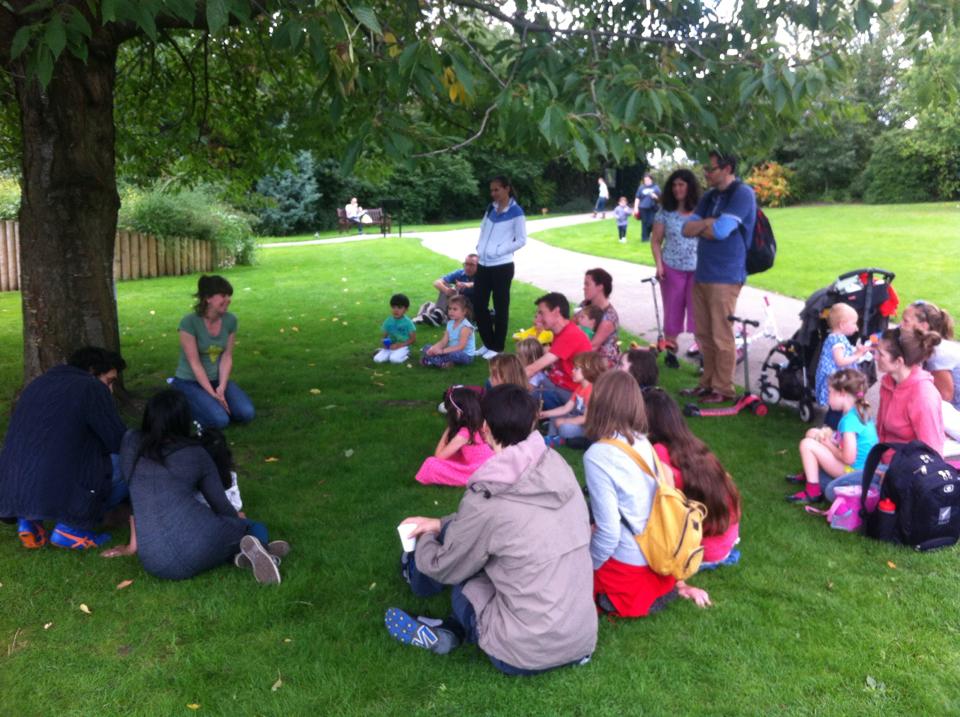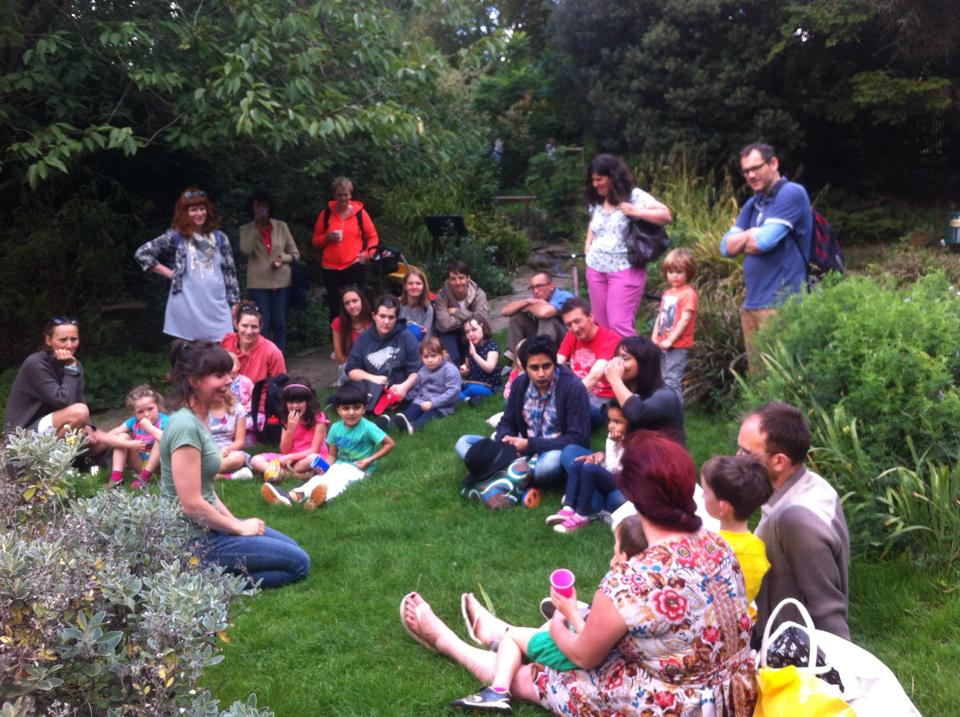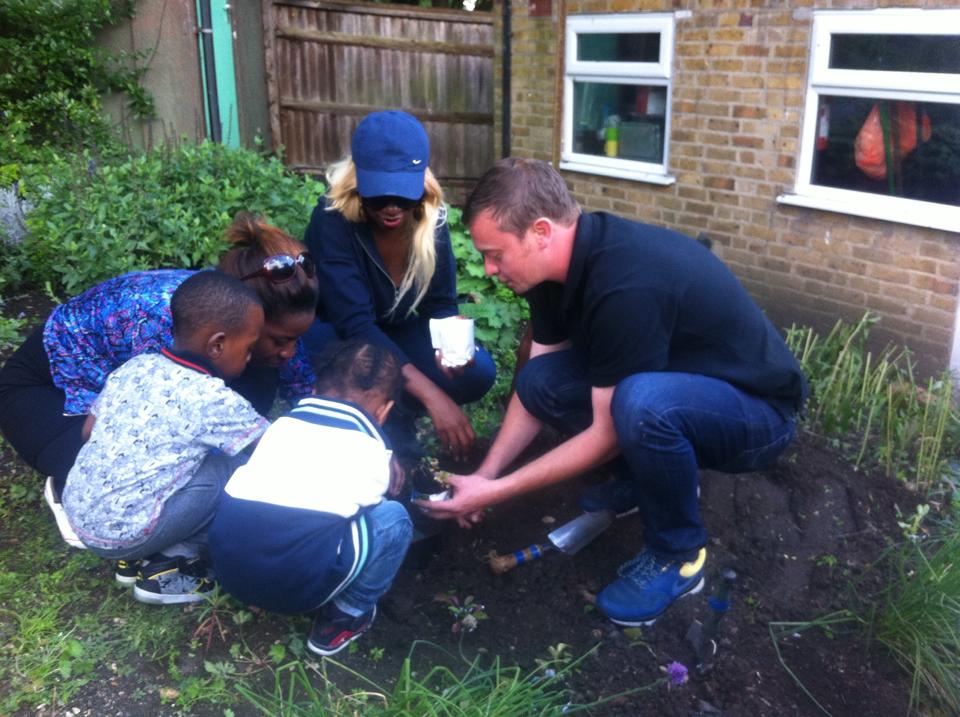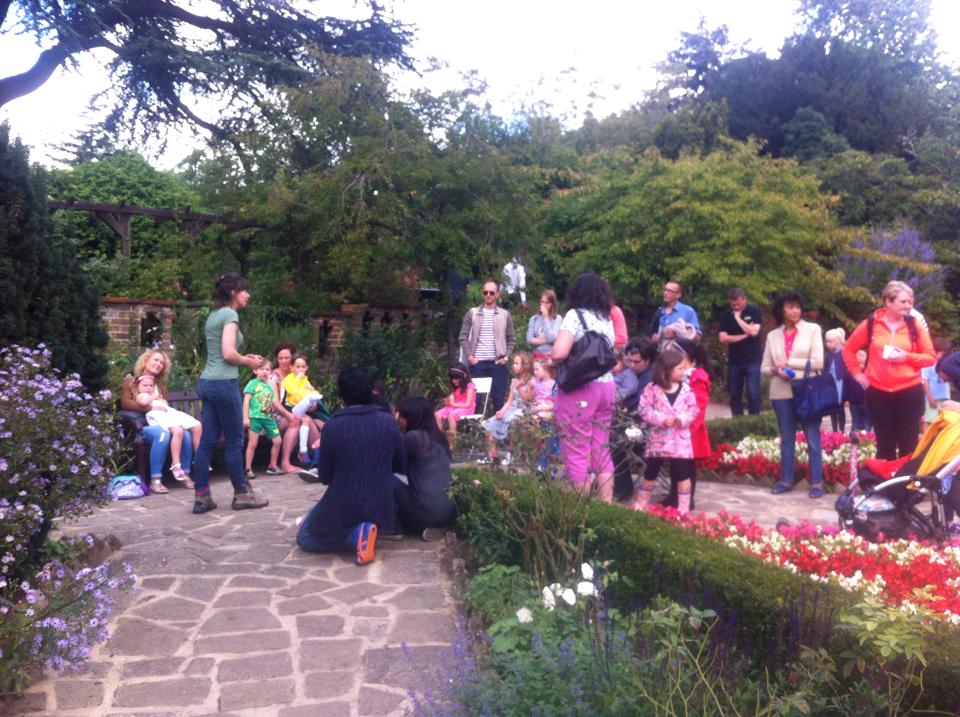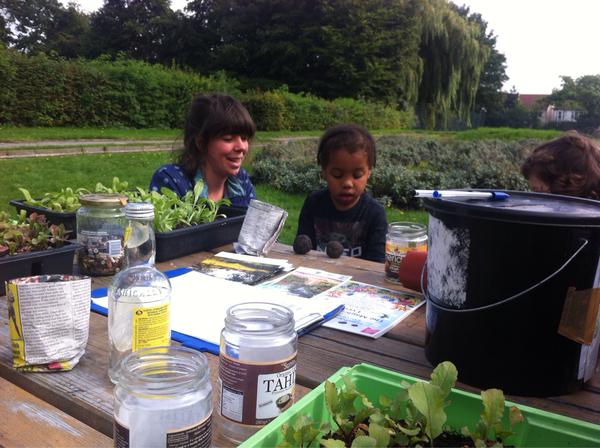Reaching Out To The Hard To Reach
Key Learning from the Streatham Common Cooperative Outreach Project
Aug-Sept2016
Social Landscapes was contracted by Streatham Common Cooperative (SCCoop) to deliver an outreach project. The aim of the project was to support the newly formed cooperative that is managing the Rookery, part of Streatham Common, to attract some of the hard to reach communities that live in the area around the park. While the Rookery is really well used and treasured by a lot of Streatham residents, there is a large demographic that doesn’t use the Rookery at all, often do not know of its existence. As part of the brief, Social Landscapes was invited to conduct research into where these hard to reach communities live and what prevents them from engaging with the park’s many activities.
The budget was small and the time was limited. We were given quite a clear project outline with very specific targets: we would organise a series of gardening pop-up events in places close to the homes of those identified hard to reach communities. These pop-up events would then be followed by a larger event at the Rookery. The goal was to attract people to the park, to engage them in an activity, show them the beauty of the space and the opportunities it holds, as well as to inform them about how they can get further involved. We were given a target of getting 20 people to attend our event at the Rookery and have 30 people signed up to an email list – with the final aim to have them become members of SCCoop.
There is a reason that we call the hard to reach communities hard to reach. After we, Social Landscapes, with a team of three (two of us paid and one volunteer) conducted a thorough online research into housing estates, elderly homes and youth centres in the local area, we went around to meet people. There immediately was a lot of interest to have pop-up events in places, such as elderly homes and one o’clock clubs, adding to their in-house programme and profile. When enquiring whether they would be subsequently interested in joining an event at the Rookery, we learned that transport was their main issue and barrier and that this could not be organised for a spontaneous one-off event; mostly their programme was set for the next few months and organising a driver on that short notice wasn’t something they seemed willing to do. Mobility is an issue to the elderly and health & safety one for youth, getting around the rather busy area around the common.
However, Gibson’s Lodge, who house people of 50 and over, and South London Cares have both expressed interest in a partnership with the Rookery and organising a programme where their residents could get regularly involved in gardening or other activities.
One main challenge that we encountered was the conflict between the need to achieve certain specific, measurable targets within a short period of time, and the reality of relationship building, care and sustained contact needed to engage the hard to reach. Not having the time or resources to do so, we therefore took the approach of both on the ground relationship building, as well as using conventional ways of advertising: social media, hanging posters in notice boards and distributing flyers. In the end, 40 people attended our event, probably 90 percent of them not hard to reach, but rather middle class residents, mostly parents with their children.
Building relationships takes time, and if SCCoop were to have another attempt at engaging the hard to reach, we would suggest that a part-time role in the organisation is given to this work. In that case, organising regular pop-up stations in different locations might be a great way of reaching out, building interest and forming partnerships with local organisations. With this approach, the real emphasis is on long-term relationships, rather than short term targets.
Streatham has a big Somalian community, which we tried to reach through the Somalian Youth Centre (Seed). This proved to be difficult, and unfortunately we were not successful in meeting them in conversation. We learnt that one of the purposes of the Somalian Youth Centre is to help young Somalians into employment. Therefore, we felt and envisioned that the Rookery had good potential to offer work experience in a diverse range of fields such as gardening, marketing and community engagement. We were inspired to organise an event, tailored to their needs, but sadly time and budget didn’t allow for making the right connection.
One final consideration that we were left with was to do with the particular kind of event that we had organised. At the Rookery event, we designed the three hours primarily around storytelling and gardening. As mentioned previously, we attracted mostly families, and these activities suited this demographic. However, had we organised something like a graffiti event, for example, we would have attracted a lot of teenage boys, possibly quite a few from hard to reach communities.
We are left with the following questions: What is it that attracts hard to reach communities? What activities do they engage in? Who are they? What does it take to build relationships? What are their stories?



